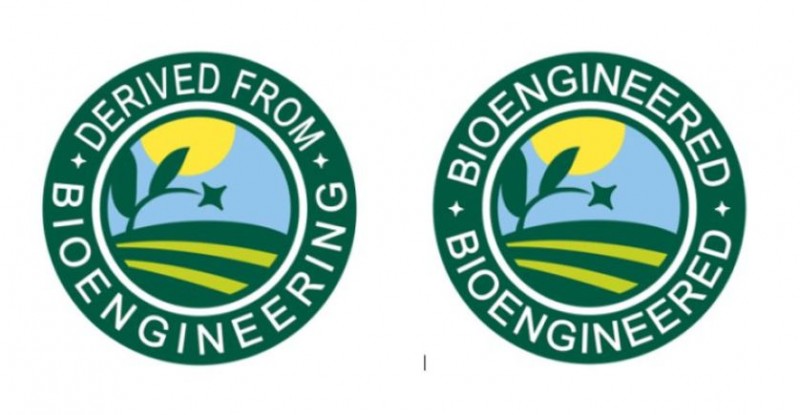It will require "food manufacturers, importers, and other entities that label foods for retail sale to disclose information about BE food and BE food ingredients. This rule is intended to provide a mandatory uniform national standard for disclosure of information to consumers about the BE status of foods. Establishment and implementation of the new Standard is required by an amendment to the Agricultural Marketing Act of 1946."
The use of the word bioengineered, which must be fully implemented by large and small food manufacturers by Jan. 21, 2022, is not surprising. Earlier this year, when the USDA released the first draft of the rule, it was clear the term bioengineered would be used — and the not the terms already familiar to the general public: genetically modified or genetically engineered.
In the rule, the marketing service said "using other terms such as genetic engineering or genetically modified organisms may create inconsistencies with the preemption provisions or muddy the scope of disclosure."
What the public will see

The rules makes it clear that bioengineered foods meant for human consumption must have the disclosure on the label in one of several ways: "text, symbol, electronic or digital link, and/or text message with additional options available to small food manufacturers or for small or very small packages." Some of these methods are more straightforward than others.
Text: The text on a product will either say "bioengineered food" or "contains a bioengineered food ingredient."
Symbol: Although the USDA considered other symbols, they landed on the two symbols above.
Electronic or digital link: An electronic or digital link must be accompanied by the words "Scan here for more food information." This link can come in the form of a QR code and has been one of the more controversial ways for foods to be labeled because not everyone has access to a smartphone or mobile device with scanning capabilities, or they have a smartphone with limited data usage and would have to use their data to obtain this information.
Text message: Regulated entities that choose this option are required to include a statement on the package that instructs consumers on how to receive a text message.
Small food manufacturers: A phone number accompanied by appropriate language that indicates additional information or a website address can be added on the packaging.
Notice that the last three options don't indicate anywhere on the label that the food item is bioengineered or contains GMO ingredients. They simply imply there's more information to be had; what that information is about isn't even hinted at.
Which foods must be labeled?
The bioengineered foods that as of now will be required to be labeled — whether they are whole foods or used as ingredients in a product — are: Alfalfa, apple (ArcticTM varieties), canola, corn, cotton, eggplant (BARI Bt Begun varieties), papaya (ringspot virus-resistant varieties), pineapple (pink flesh varieties), potato, salmon (AquAdvantage®), soybean, squash (summer), and sugar beet.
The Agricultural Marketing Service will annually review other foods to be added to the list since GMOs are an ever-increasing category of foods.
The PDF of the rule is 236 pages long. There's a lot of information to digest, but here are a few additional pieces of information about what's exempt. (And these certainly don't cover all there is to know about the new disclosure rule.)
Food that comes from animals that ate GMO feed is exempt from labeling. For instance, if the chicken that laid your eggs was fed GMO feed, the eggs don't need to be labeled bioengineered.
Pet food is exempt, since the rule covers food meant for human consumption only.
Food served in restaurants, cafeterias, salad bars, lunch rooms, food carts or served from other prepared food establishments are exempt.
Very small food manufacturers, those whose annual receipts are less than $2.5 million, are exempt.







